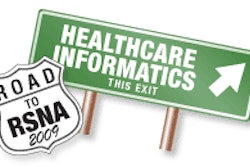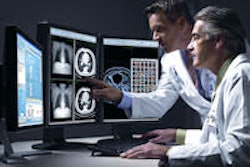Monday, November 30 | 10:50 a.m.-11:00 a.m. | SSC07-03 | Room S102D
Awareness of medical incidents, errors, and near misses is one of the most effective ways of identifying the means to prevent them. Down Under, the Royal Australian and New Zealand College of Radiologists (RANZCR) is sponsoring an online Radiology Events Register (RaER.org), a database collecting voluntarily reported adverse incidents and discrepancies in radiology.In 2006, radiologists began submitting reports of events, including a description of what happened, contributing factors, and patient outcomes. Dr. D. Neil Jones, head of emergency imaging at Flinders Medical Centre in Bedford Park, South Australia, will discuss how a research team analyzed the database to identify what errors occur and when in the total imaging care cycle.
In the process, the team discovered deficiencies with respect to the information submitted, and it identified areas where both process and software changes were needed to prevent submissions containing insufficient information.
Jones plans to emphasize the importance of analyzing the entire imaging cycle, moving beyond what he categorizes as a historically constrained view of imaging's procedural and interpretive stages.
"One critical aspect of continuous quality improvement and risk management is knowing where things are going wrong and why. That is why incident reporting is so important. If safer and resilient systems are to be designed, it is essential to know where error occurs and is detected in the imaging cycle," Jones told AuntMinnie.com.
He reported that with new funding from the Australian federal government, the Radiology Events Register is expanding significantly with new data-sharing agreements, and the understanding that the data can be translated into disseminated learning, curriculum development and continuing education, and standards improvement.



















